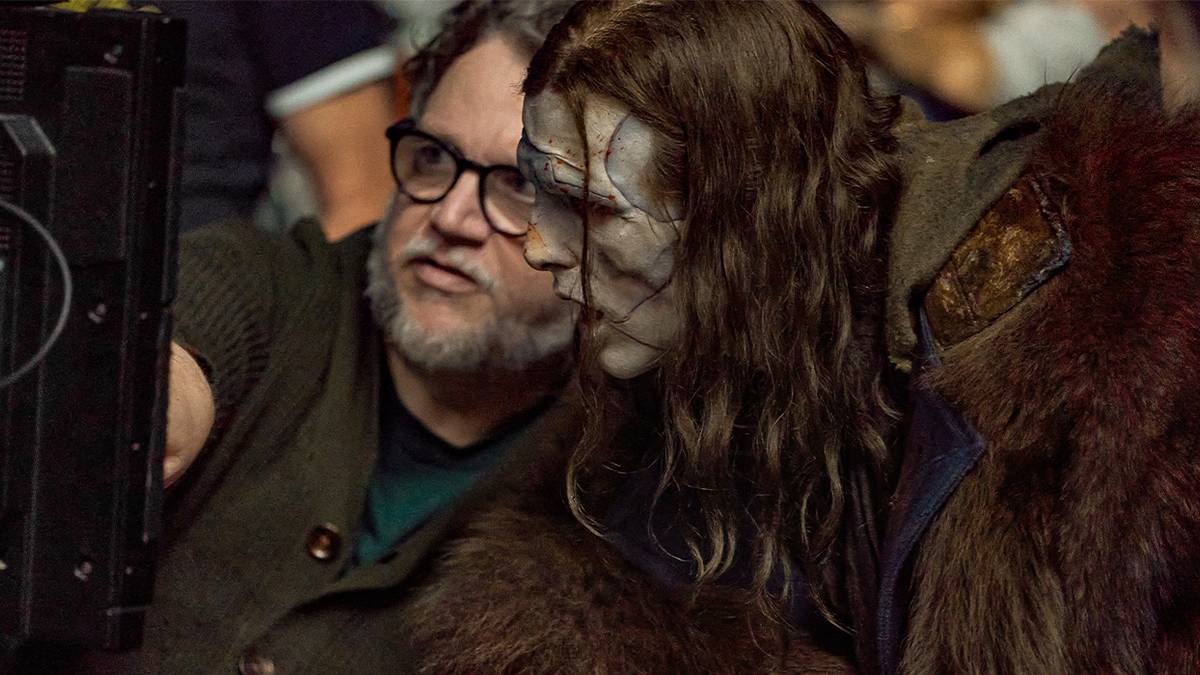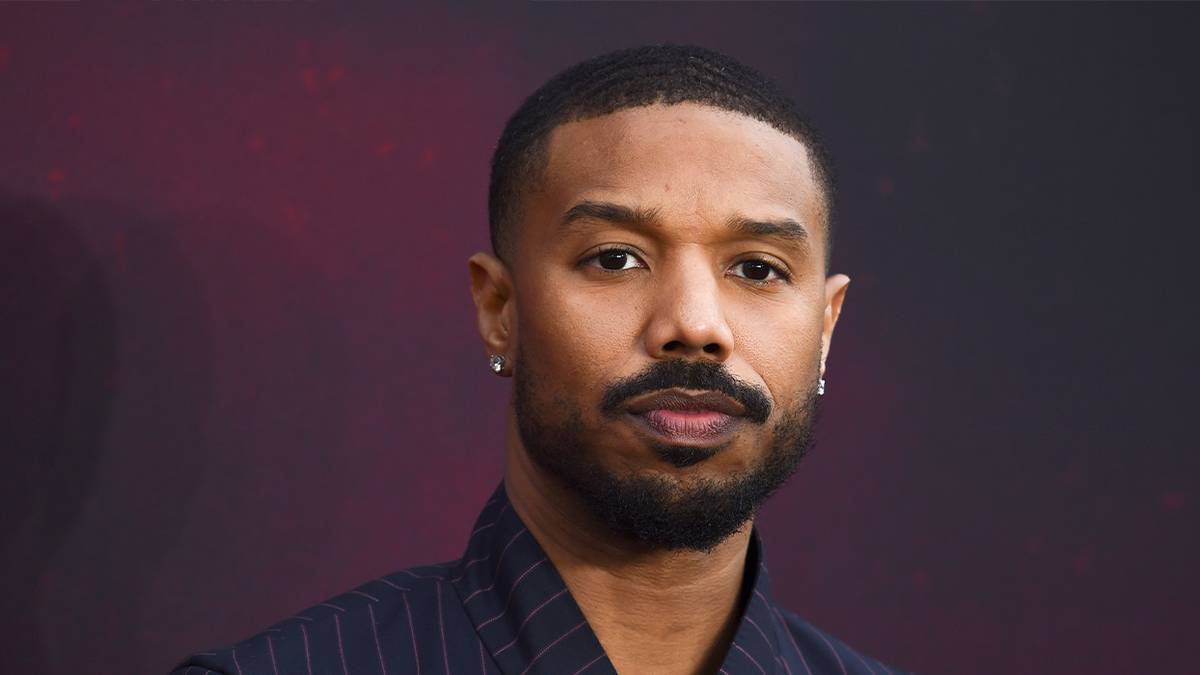Filming Secrets Unveiled: Del Toro's Shocking Frankenstein Techniques Revealed

Guillermo del Toro, the Academy Award-winning visionary director, has embarked on a bold and emotional reinterpretation of Mary Shelley's timeless classic, Frankenstein. This reimagining blends Gothic horror with profound humanity, exploring themes of creation, visibility, love, and abandonment. The film features Jacob Elordi as the Creature and Oscar Isaac as Victor Frankenstein, alongside a stellar cast including Mia Goth, Christoph Waltz, Felix Kammerer, and Lars Mikkelsen.
In an interview with Collider's Steve Weintraub, del Toro, Elordi, and Isaac delved into various aspects of the film. Jacob Elordi described his transformation into the Creature as a "complete reinvention," likening his preparation to a "fugue state." Despite joining the project late, Elordi immersed himself fully, constructing a detailed tome about the Creature and filtering all his daily experiences through its perspective for six to seven months. He emphasized the intense commitment required when working with del Toro, stating, "It's the time to fully fall into the thing."
Both Elordi and del Toro agreed on the lasting impact of such a profound cinematic experience. Del Toro stated that films like Pan’s Labyrinth, Shape of Water, and now Frankenstein, are not something one moves past; rather, "The movie moves past you. You never, ever, ever leave it behind." Elordi echoed this sentiment, suggesting that sitting with the experience immediately after wrapping would have been a mistake, and instead, he channeled what he learned into his next project.
Oscar Isaac discussed his unique approach to playing Victor Frankenstein, inspired by the concept of a musician or a rock star. Del Toro suggested that Victor possessed a "rock star energy" and the mindset of a composer. Isaac drew inspiration from various musicians, particularly Prince, for Victor's frenetic energy and excitement, especially in moments where he feels everything is possible. The character of Harlander, played by Christoph Waltz, was seen as the "studio" or "label" providing Victor with the means to realize his artistic vision.
Del Toro also meticulously detailed the film's intricate color language. The movie opens and closes with a limited palette of white, blue, and gold in its Arctic sequences, with a deliberate, forward-pushing camera movement. Victor's point of view introduces a black, white, and red scheme for his childhood memories, with red symbolizing his mother, blood, and the Creature, signifying his central quest. His youthful peak, marked by enthusiasm, is depicted with vibrant colors, excluding red, accompanied by active, swooping camera work. Green is associated with Mia Goth's character and nature, also linked to the batteries when inactive. Blue is connected to Harlander, William, and Victor's father. As the narrative shifts to the Creature, the visual style transitions to earth tones and gold, creating a "pastoral fairy tale" aesthetic. The film concludes by returning to the Arctic, with the sun rising in front of the Creature, completing the visual arc. Frankenstein is currently in theaters and will be released globally on Netflix on November 7.
You may also like...
Messi Stuns World: Inter Miami Contract Extension Secured!
)
Lionel Messi has extended his contract with Inter Miami until December 2028, expressing immense happiness with his life ...
Michael B. Jordan Boards Joseph Kosinski's 'Miami Vice' Remake

Michael B. Jordan is reportedly in early talks to star as Ricardo Tubbs in Joseph Kosinski's upcoming "Miami Vice" reboo...
Chappell Roan's Midwest Princess Fund Raises Staggering $400K for Trans Youth!

Chappell Roan has unveiled the Midwest Princess Project, a new fund aimed at supporting vulnerable trans youth and LGBTQ...
Obama Immortalizes Music Legend Fela Kuti in New Podcast Series!

Barack Obama's Higher Ground has released a new podcast, "Fela Kuti: Fear No Man," honoring the Nigerian Afrobeat pionee...
Filming Secrets Unveiled: Del Toro's Shocking Frankenstein Techniques Revealed

Guillermo del Toro's <i>Frankenstein</i> offers a powerful reinterpretation of Mary Shelley's classic, blending horror w...
Meghan Markle's Stunning Decline: Named 'Most Disliked Celebrity'

Meghan Markle has controversially topped Ranker.com's "most disliked celebrity" list with 48,000 votes, closely followed...
Global Synergy: Team Europe & African Artists Revive Fela's Spirit in Lagos

Team Europe, led by EU Ambassador Gautier Mignot, collaborated with African artists for the "Afrobeat Rebellion Exhibiti...
Age is Just a Number: 60-Year-Old's Jaw-Dropping Exercise Secret for a Transformed Body!

Discover how a 60-year-old court reporter defied expectations to master handstands, showcasing the power of dedication a...



